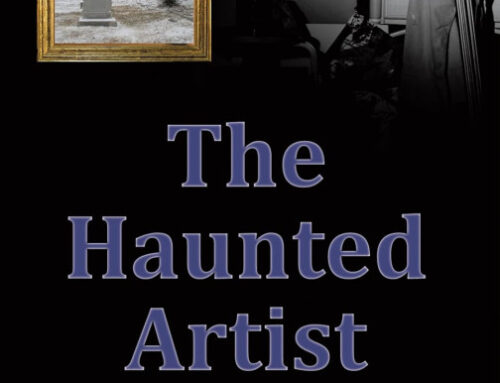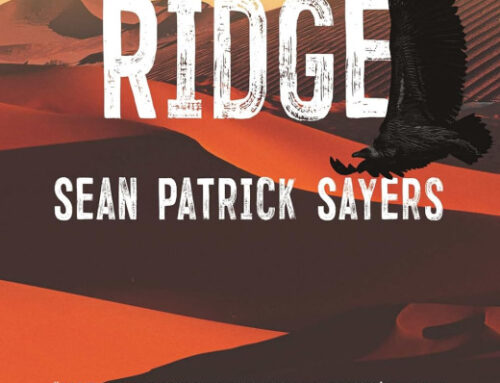 The Nine Lives of Clemenza bears a resemblance to C.S. Lewis’s Space Trilogy – a trilogy of science fiction novels with Christian parables. It would be totally inaccurate to call this book both science fiction and Christian fiction, as it revolves around the concept of reincarnation, which is not readily a part of Christianity unless you go all the way back to the Gnostics. The novel does originate in “heaven” so it has Christian echoes, but it is more of a general story about spirituality and morality with more universal appeal than a book that adheres to one religion.
The Nine Lives of Clemenza bears a resemblance to C.S. Lewis’s Space Trilogy – a trilogy of science fiction novels with Christian parables. It would be totally inaccurate to call this book both science fiction and Christian fiction, as it revolves around the concept of reincarnation, which is not readily a part of Christianity unless you go all the way back to the Gnostics. The novel does originate in “heaven” so it has Christian echoes, but it is more of a general story about spirituality and morality with more universal appeal than a book that adheres to one religion.
What makes it similar to C.S. Lewis – a theologian as much as a novelist – is its inventiveness when describing complex spiritual issues. Holly Christine is a clearly spirited and inventive writer and she finds unique ways to describe her subject. The novel is about Clemenza’s many reincarnations and wisdom she learns in each new body. For example, in one reincarnation she becomes the wind:
Clemenza watched him grow. And it was a tough life on Earth for Clemenza. Strong winds blew her around and sometimes right near the faces of unknown humans. She had close calls with death, each and every day….She watched the boy’s mother and father leave for work everyday. She watched the boy catch the bus every morning for school. She caught the wind and watched him through the window of the bus, just as she watched him for the first time on the plane. And he watched her back. Wherever he was looking, Clemenza was always there. She was there when his parents were screaming at each other downstairs. She was there to watch him cry himself to sleep and sometimes gasp for breath between his cries.
Not to be too much of a spoiler, Clemenza eventually saves the boy’s life who’s suffering from an asthma attack – killing herself in the process by being absorbed in his body. There was some concern in the early going that the novel was going to be a bit episodic – a book in nine sections, each with a self-standing reincarnation story and a new life lesson – a kind of Aesop’s Fables about reincarnation. But she does a good job of connecting these different lives together. For example, when she becomes an eagle, she is eventually shot by the same boy she saved earlier.
That’s as far as I’ll go with spoiling how the book unfolds. The basic theme in the book is how we’re all connected and everything is alive. It’s a spirited and fun book to read, and even if you don’t believe in reincarnation, it’s thought-provoking to wonder what it might be like if it were true.
All that said about the book – and all Christine does to try to weave the stories together – it does have a more episodic feel than the traditional novel. It might be even more effective pared down as a children’s book with fewer words on a page and illustrations for all of the different things the character witnesses in heaven and on earth. It’s a highly colorful and creative book, but it might be better served as a shorter work, which would be more page-turning and maybe even more expressive than the book is in its current state.
Generally though, it’s an interesting premise told with humor, rather than proselytizing, and people who enjoy religious fiction will find a lot to enjoy in this book.
Visit the author’s site and place on Red Room.
Get an Editorial Review | Get Amazon Sales & Reviews | Get Edited | Get Beta Readers | Enter the SPR Book Awards | Other Marketing Services






















Henry,
Thank you so much for taking the time to review my book! I appreciate your time, feedback and comparisons.
~Holly
Want to see the book trailer for The Nine Lives of Clemenza?
http://www.youtube.com/watch?v=aH1ztRzpqNQ